Kingdom Plantae | ||
 | ||
Similar | ||
Cardamom 9 1 for 9 diseases only 1 medicine dr shalini
Cardamom (/ˈkɑːrdəməm/), sometimes Cardamon or Cardamum, is a spice made from the seeds of several plants in the genera Elettaria and Amomum in the family Zingiberaceae. Both genera are native to India (the largest producer until the late 20th century), Pakistan, Bangladesh, Bhutan, Indonesia and Nepal. They are recognised by their small seed pods: triangular in cross-section and spindle-shaped, with a thin papery outer shell and small black seeds; Elettaria pods are light green and smaller, while Amomum pods are larger and dark brown.
Contents
- Cardamom 9 1 for 9 diseases only 1 medicine dr shalini
- cardamom benefits in hindi choti elaichi uses of cardamom
- Etymology
- Types and distribution
- Uses
- Food and beverage
- Composition
- World production
- References

The German coffee planter Oscar Majus Kloeffer introduced Indian cardamom (Kerala) to cultivation in Guatemala before World War I; by 2000 that country had become the biggest producer and exporter of cardamom in the world, followed by India. Some other countries, such as Sri Lanka, have also begun to cultivate it.
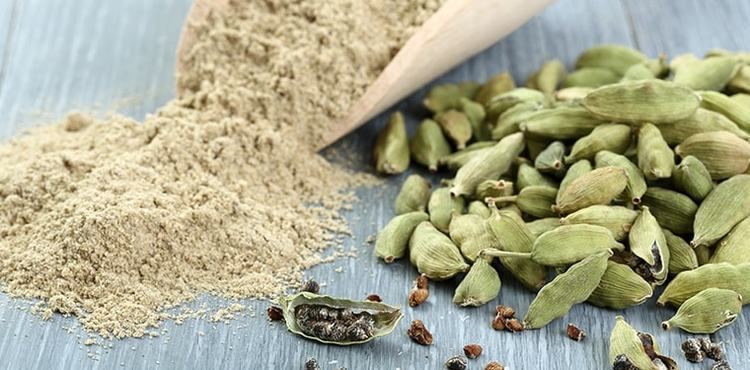
Cardamom is the world's third-most expensive spice, surpassed in price per weight only by vanilla and saffron.
cardamom benefits in hindi choti elaichi uses of cardamom
Etymology
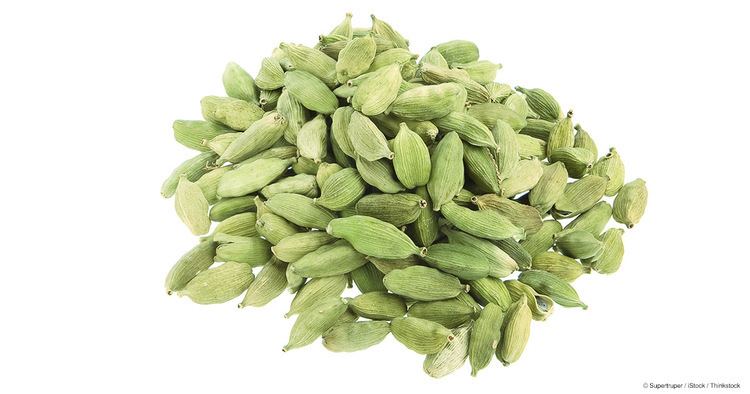
The word "cardamom" is derived from the Latin cardamomum, which is the Latinisation of the Greek καρδάμωμον (kardamomon), a compound of κάρδαμον (kardamon), "cress" + ἄμωμον (amomon), which was probably the name for a kind of Indian spice plant. The earliest attested form of the word κάρδαμον signifying cress is the Mycenaean Greek ka-da-mi-ja, written in Linear B syllabic script, in the list of flavourings on the "Spice" tablets found among palace archives in the House of the Sphinxes in Mycenae.
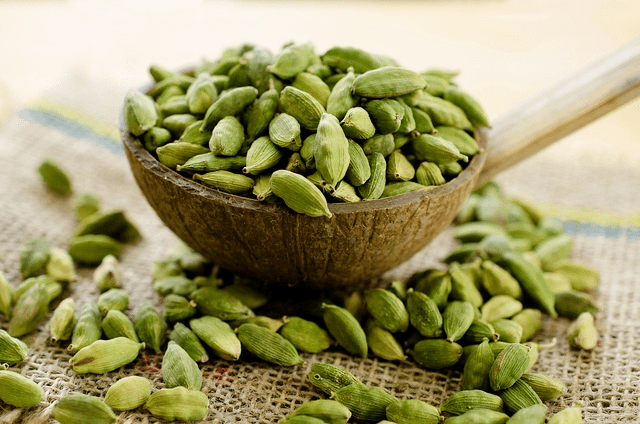
The modern genus name Elettaria is derived from the local name. The root ēlam is attested in all Dravidian languages viz. Kannada elakki (ಏಲಕ್ಕಿ), Telugu yelakulu (యేలకులు), Tamil elakkai (ஏலக்காய்) and Malayalam elakkay (ഏലക്കായ്). The second element kai means "seed" or "fruit". The Malabar region had historical trade connections and was a prominent area of cardamom cultivation. A related root is also present in Hindi ilaychi (इलायची), Bengali ælachi (এলাচি) and Punjabi ilaichi (ਇਲੈਚ) "green cardamom". In Sindhi it is called Photta (ڦوٽا). In Sanskrit it was known as ela (एला) or ellka (एल्ल्का). In Marathi it is commonly known as velchi (वेलची) or veldoda (वेलदोडा). In Sri Lanka, the plant is known as Enasal by Sinhala language.
Types and distribution
There are two main types of cardamom:
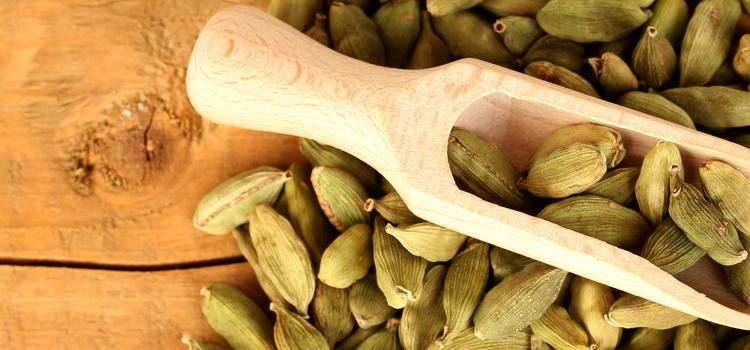
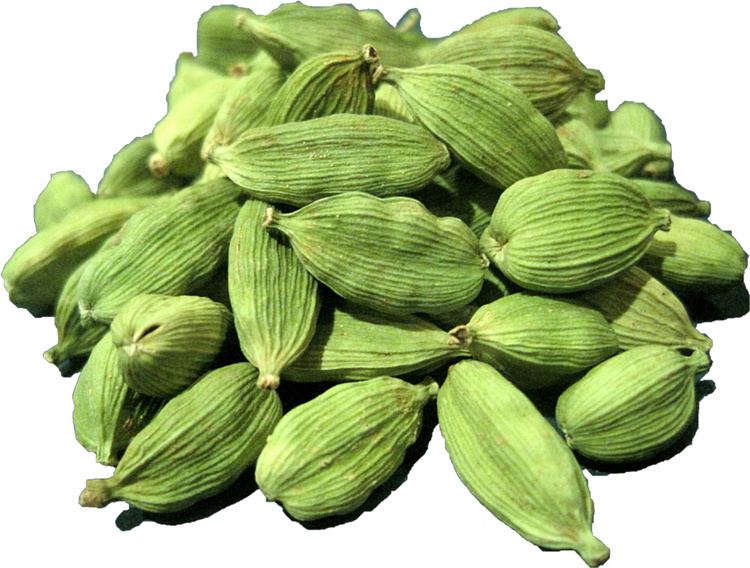
The two types of cardamom, κάρδαμομον and ἄμωμον, were distinguished in the fourth century BCE by the Greek father of botany, Theophrastus. Theophrastus and informants knew that these varieties were originally and solely from India.
Uses
Both forms of cardamom are used as flavorings and cooking spices in both food and drink, and as a medicine. E. cardamomum (green cardamom) is used as a spice, a masticatory, and in medicine; it is also smoked.
Food and beverage
Cardamom has a strong, unique taste, with an intensely aromatic, resinous fragrance. Black cardamom has a distinctly more smokey, though not bitter, aroma, with a coolness some consider similar to mint.
Green cardamom is one of the more expensive spices by weight, but little is needed to impart flavor. It is best stored in the pod as exposed or ground seeds quickly lose their flavor. Grinding the pods and seeds together lowers both the quality and the price. For recipes requiring whole cardamom pods, a generally accepted equivalent is 10 pods equals 1 1⁄2 teaspoons of ground cardamom.
It is a common ingredient in Indian cooking. It is also often used in baking in the Nordic countries, in particular in Sweden and Finland, where it is used in traditional treats such as the Scandinavian Jule bread Julekake, the Swedish kardemummabullar sweet bun, and Finnish sweet bread pulla. In the Middle East, green cardamom powder is used as a spice for sweet dishes, as well as traditional flavouring in coffee and tea. Cardamom is used to a wide extent in savoury dishes. In some Middle Eastern countries, coffee and cardamom are often ground in a wooden mortar, a mihbaj, and cooked together in a skillet, a mehmas, over wood or gas, to produce mixtures as much as 40% cardamom.
In Asia both types of cardamom are widely used in both sweet and savory dishes, particularly in the south. Both are frequent components in spice mixes, such as Indian and Nepali masalas and Thai curry pastes. Green cardamom is often used in traditional Indian sweets and in masala chai (spiced tea). Both are also often used as a garnish in basmati rice and other dishes. Individual seeds are sometimes chewed and used in much the same way as chewing gum. It is used by confectionery giant Wrigley; its Eclipse Breeze Exotic Mint packaging indicates the product contains "cardamom to neutralize the toughest breath odors". It is also included in gin and herbal teas.
Composition
The content of essential oil in the seeds is strongly dependent on storage conditions, but may be as high as 8%. In the oil were found α-terpineol 45%, myrcene 27%, limonene 8%, menthone 6%, β-phellandrene 3%, 1,8-cineol 2%, sabinene 2% and heptane 2%. Other sources report 1,8-cineol (20 to 50%), α-terpenylacetate (30%), sabinene, limonene (2 to 14%), and borneol.
In the seeds of round cardamom from Java (A. kepulaga), the content of essential oil is lower (2 to 4%), and the oil contains mainly 1,8 cineol (up to 70%) plus β-pinene (16%); furthermore, α-pinene, α-terpineol and humulene were found.
World production
By the early 21st century, Guatemala had become the largest producer of cardamom in the world, with an average annual yield between 25,000 and 29,000 tonnes. The plant was introduced there in 1914 by Oscar Majus Kloeffer, a German coffee planter. India, formerly the largest producer, since 2000 has been the second worldwide, generating around 15,000 tonnes annually.
Increased demand since the 1980s, principally from China, for both A. villosum and A. tsao-ko, has been met by farmers living at higher altitudes in localized areas of China, Laos, and Vietnam, people typically isolated from many other markets. They have derived important revenue from cardamom cultivation. Nepal was previously the world's largest producer of large cardamom.
